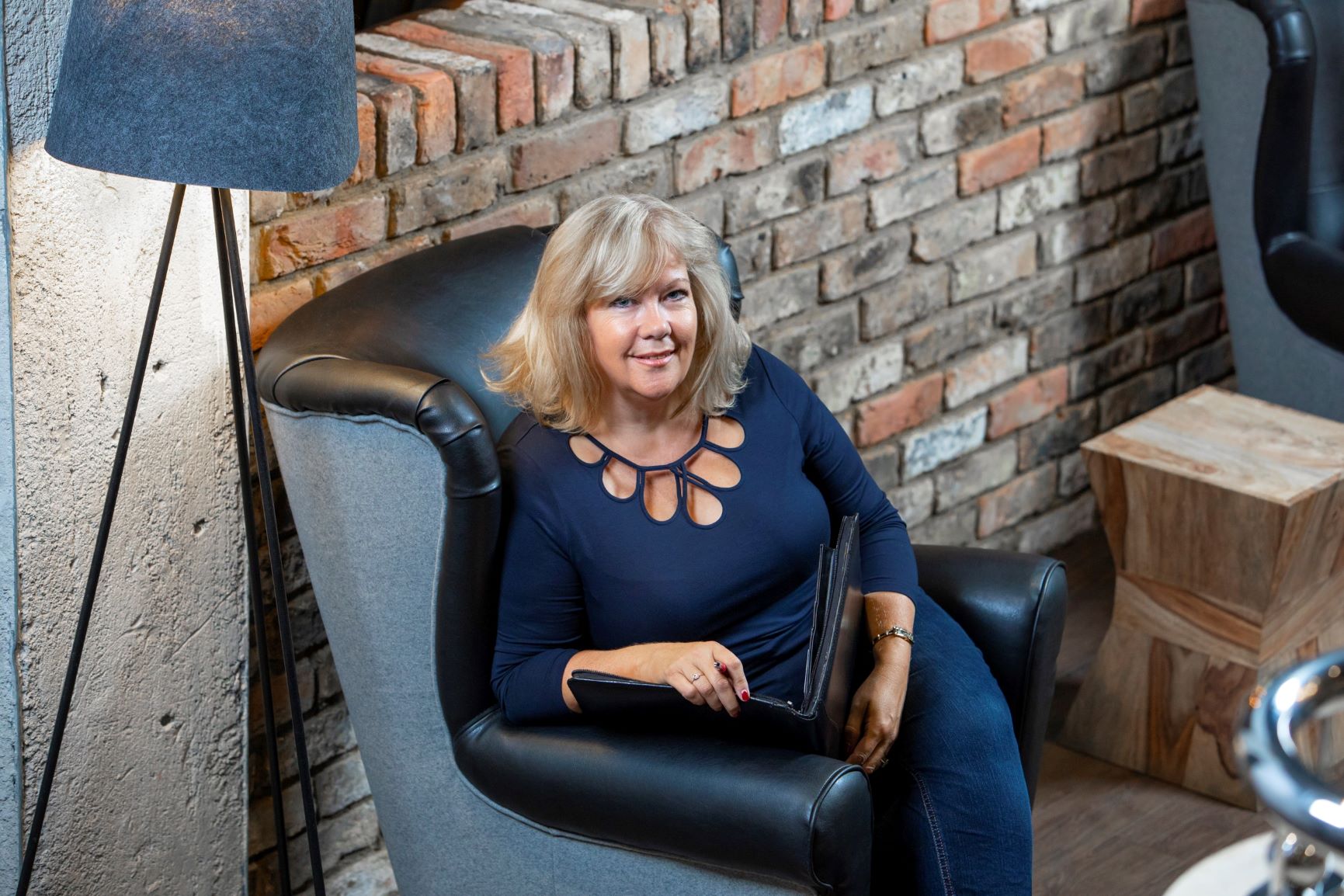Often overlooked, the use of case studies can be a great way to build credibiilty and demonstrate your expertise, as well as demonstrate emphathy with your clients by real-life storytelling.
Case studies vary in length, style, and specifics, but all serve a vital purpose: to show potential customers the value of your product. Whether you sell cheese, cars, plumbing, or web design, a great testimonial can hugely increase your conversion rate. It's why Amazon, and others, include product reviews. They give potential customers confidence in what they are about to buy and boost the probability that they'll make a purchase.
Writing the perfect case study
There's no one perfect formula for writing a case study. However, effective case studies all have the same essential structure:
1. A potential customer has a problem
2. The customer buys your product/service solution
3. Your product/service provides an excellent resolution to the customer's problem
Case studies like this are an important step in the customer's purchasing journey because they prove that, "yes, these are the kind of results you can get if you buy from us."
Keep it relatable
The customer you choose to focus on in your case study needs to be someone prospective customers will be able to relate to. By choosing someone like them, with the same problems, hopes, and concerns, you make it easier for future customers to put themselves in your case study's shoes. Creating this kind of psychological association encourages those who read the case study to think they too can experience the same exceptional results.
Anonymous isn't an option
Credibility is vital for case studies. Most users - when confronted with an anonymous case study - will just assume you made it up. Always get permission from the client or customer you're writing about to include their name, and preferably a rough location. Jamie M, Cumbria, or XYZ Plastics, Sussex are ideal examples that lend added kudos to your case study. Adding a photo, client logo, or short video clip of the client explaining the case study in their own words, adds even more value.
Clear takeaways
Why are you writing this case study? What is it about this particular customer's journey that you want visitors to your website to know about? Be clear about the answers to both of these questions before you start creating your content, and make certain the message you want to send comes across clearly to the reader.
If you're in any doubt, asking another person to take a critical look at your case study before you publish can really help hone it to be as effective as possible.
If you'd like to know more about our case-study service, using editorial, graphics and video, just give us a call on 01372 363386.


